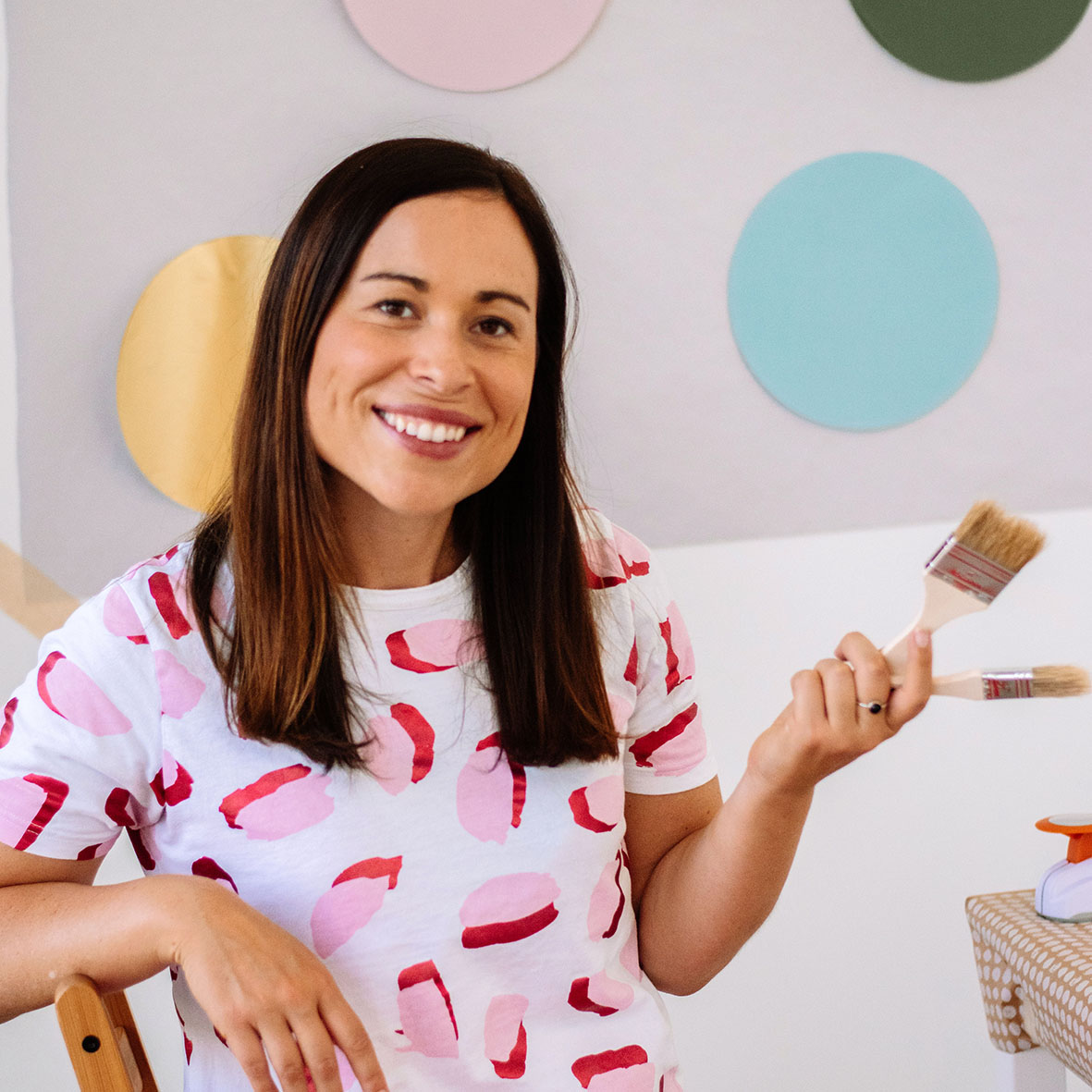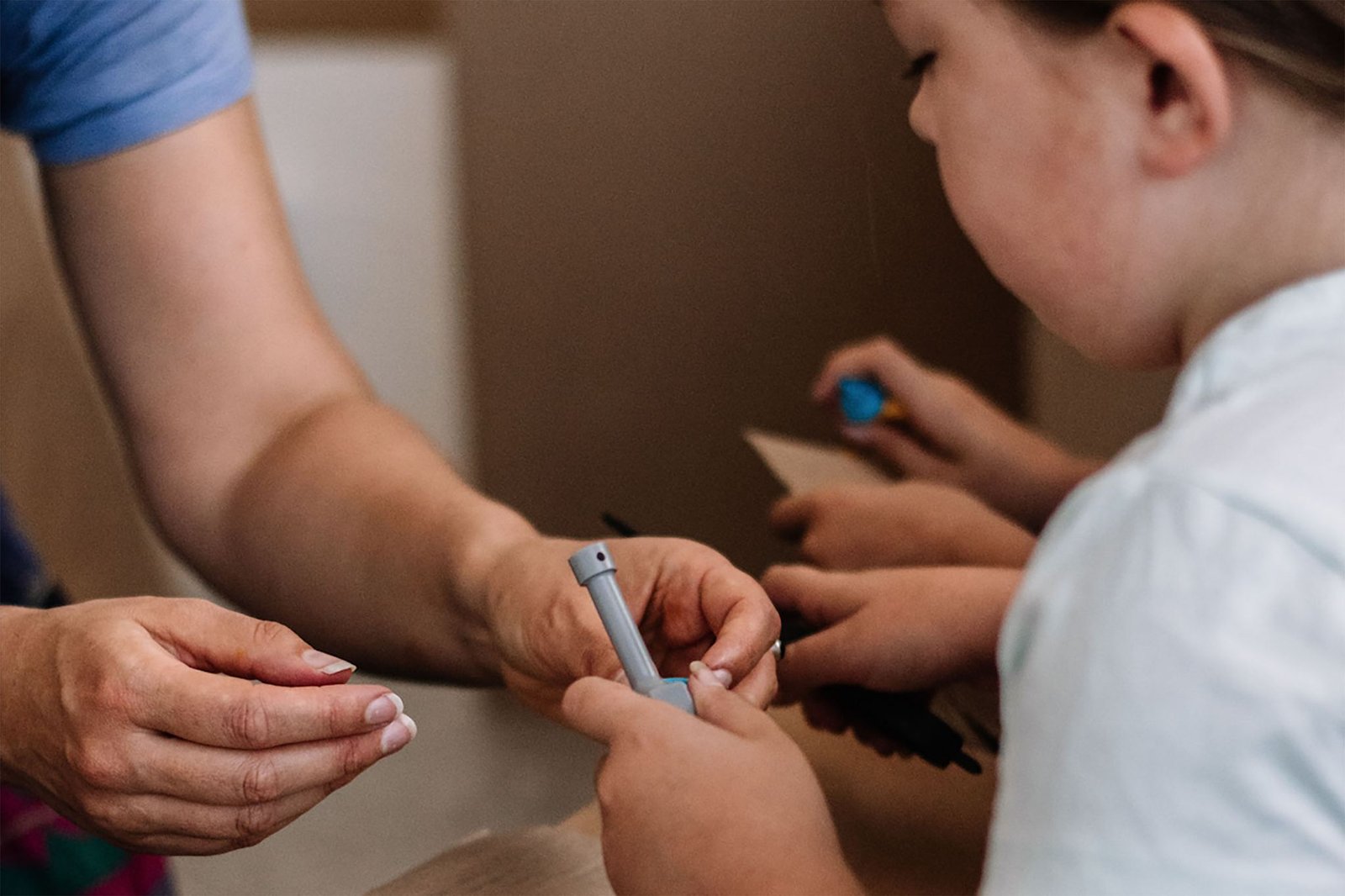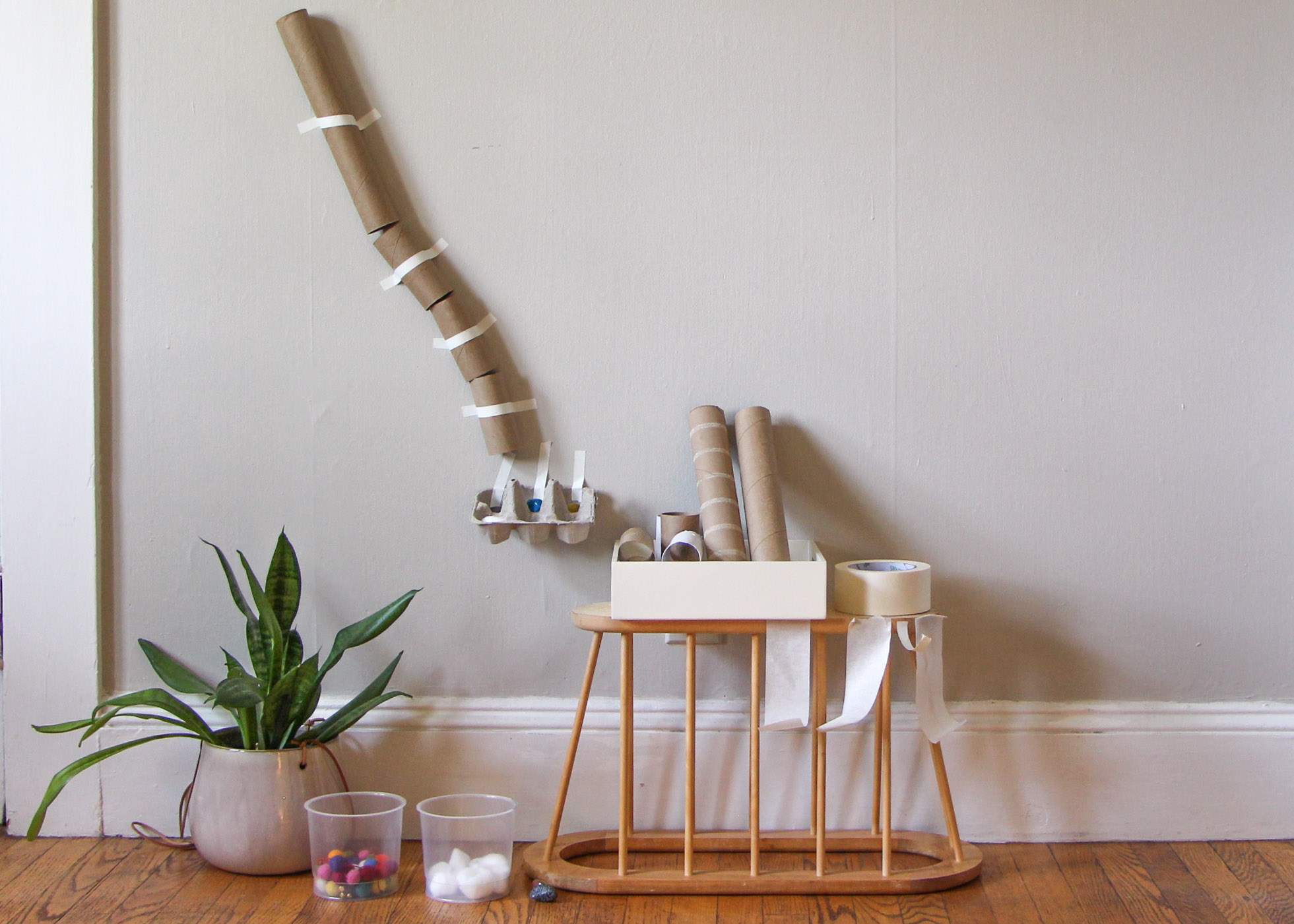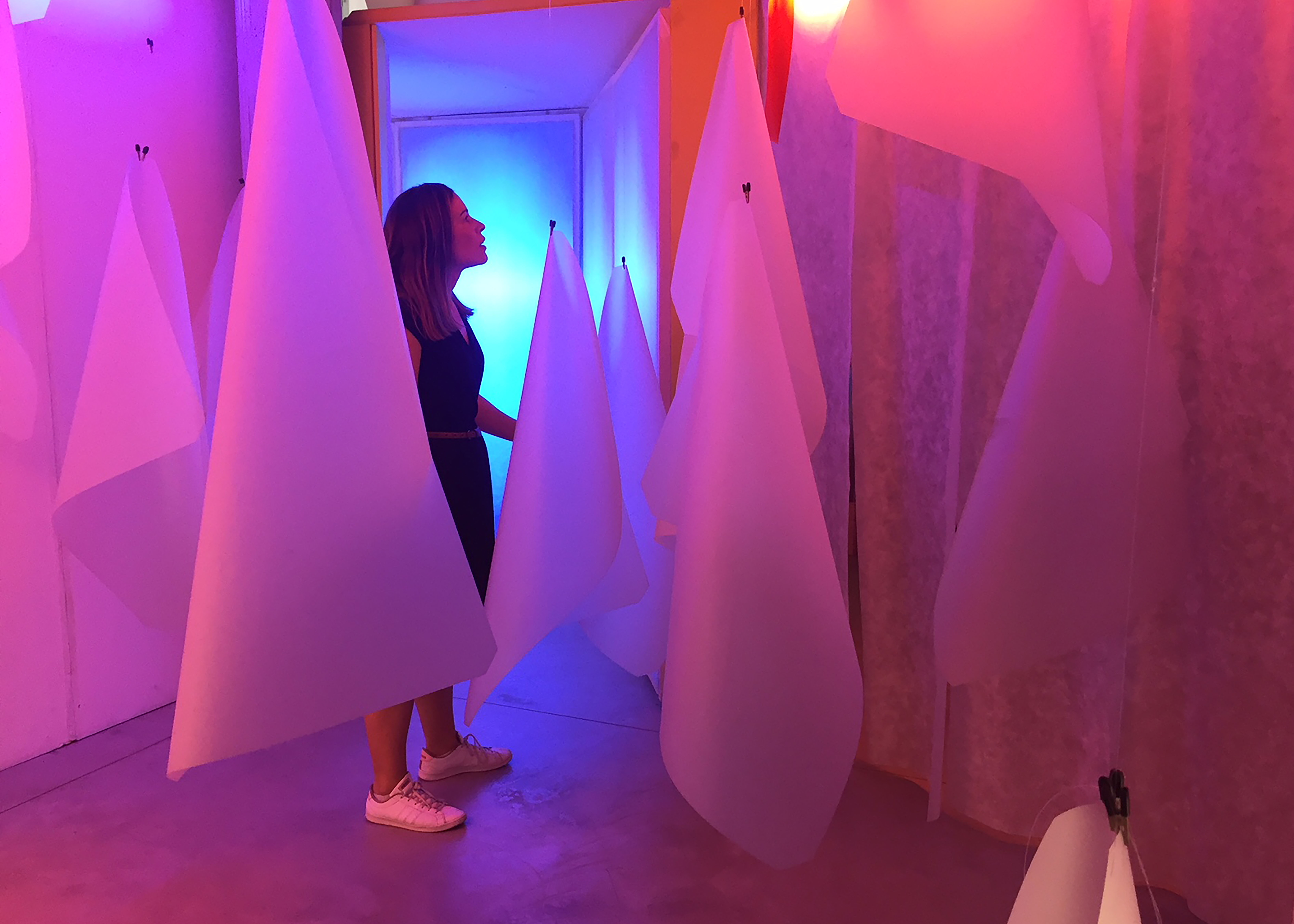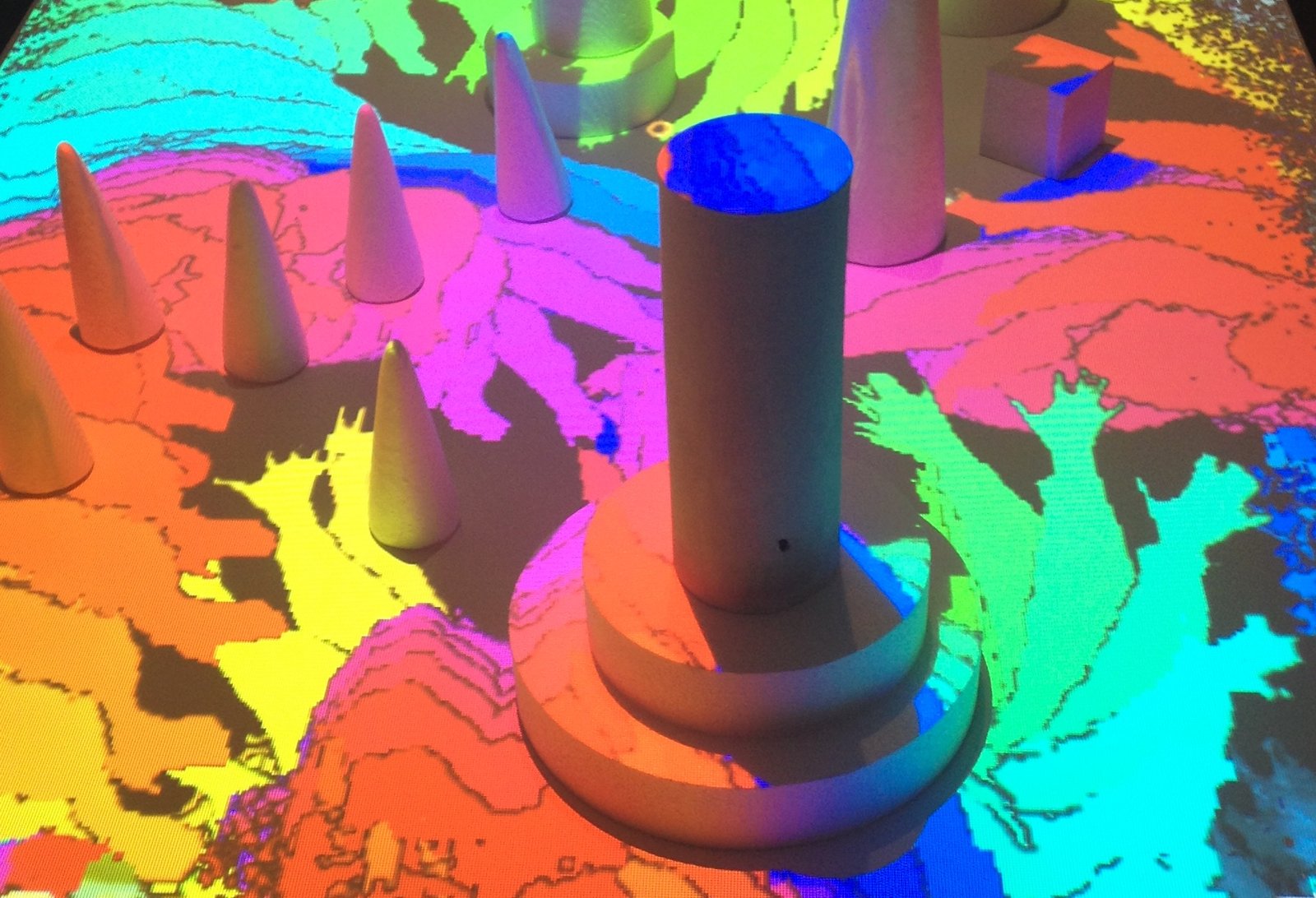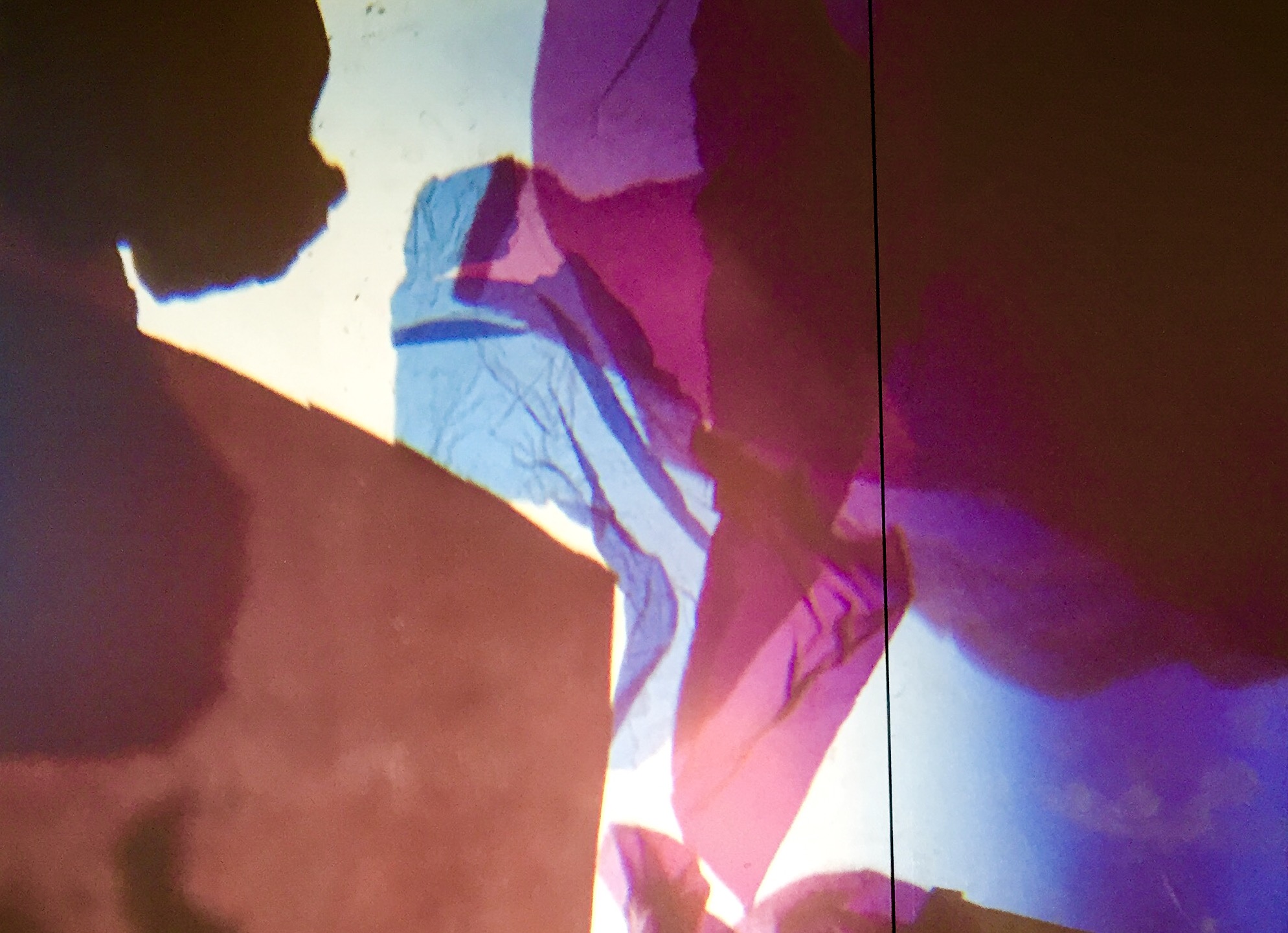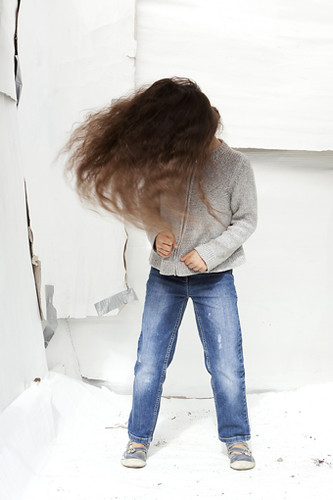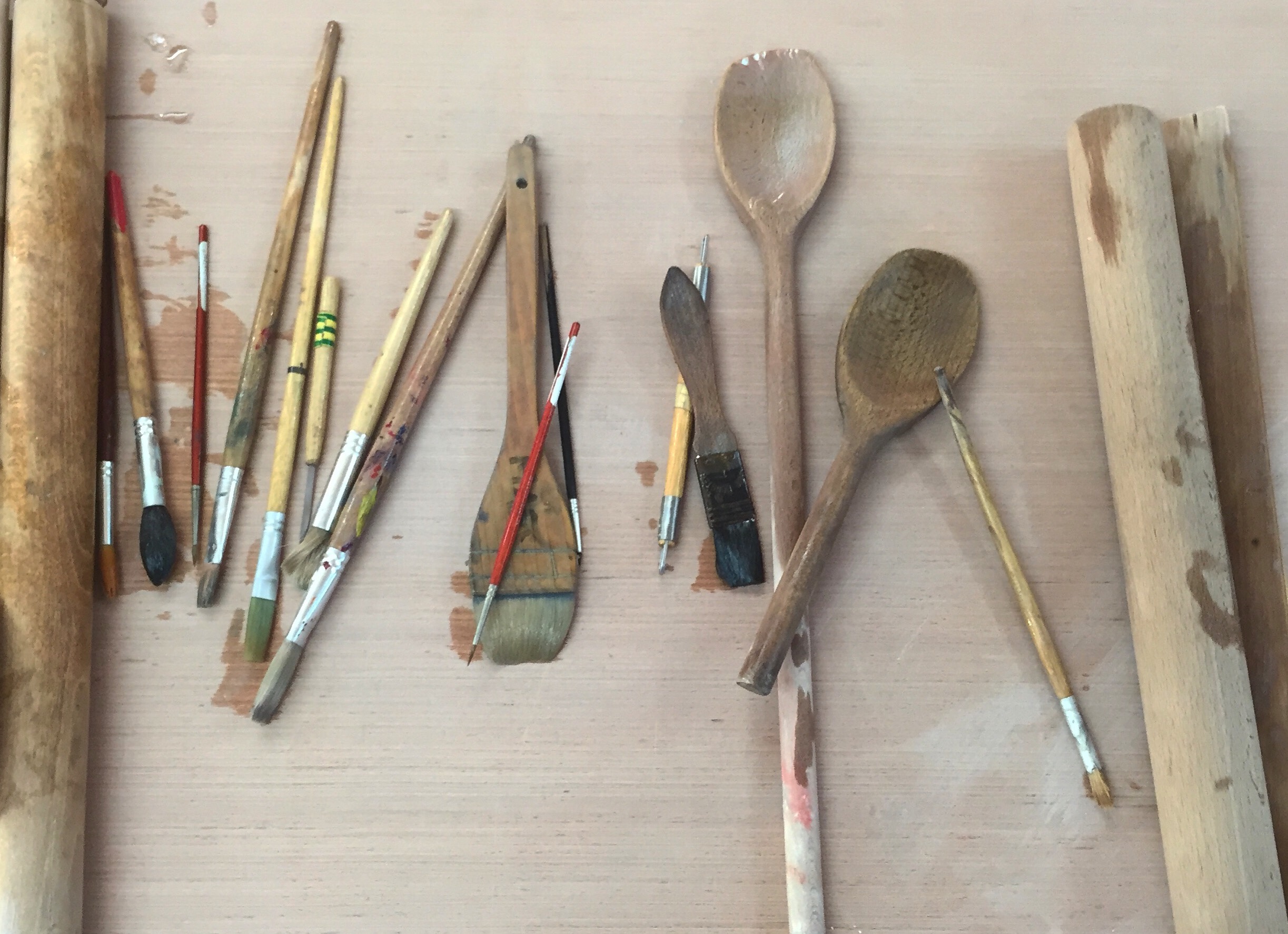Hello, I am Dr. Louisa Penfold! I started Art Play Children Learning back in 2016 as a way to help parents do fun and meaningful art activities with kids. I currently work at Harvard University as a Post-Doctoral Researcher in Early Childhood Education. Check out the video below to hear what Art Play Children Learning is all about… This blog features ideas for how parents can integrate contemporary art into children’s lives. To find your way through the posts, I have created the following five directory sections: Kids art activities Family excursion ideas Tips for parents and teachers Amazing artists and educators Academic research A little about me Aside from nerding out on this blog, I also do some other things. I am originally from Melbourne, Australia but have lived overseas for many years. From 2015-2019 I was based in London while doing my PhD in art education. My doctoral research looked at…
How to scaffold children’s learning
Picture this: A 5-year-old boy has got a new pair of school shoes and is learning how to put them on. He can loosen the laces, slip his foot inside, but does not know how to tie the laces. The child and his father watch a YouTube clip of how to do the shoelaces up. They then have a go at doing the activity together where the father instructs the child on how to weave and tighten the laces step-by-step. It is a success. Each day that follows, the father reduces the intensity of instruction on how to tie the laces until the child can do it independently. The father has scaffolded his child’s learning through the Zone of Proximal Development. Scaffolding children’s learning can involve showing them how to use new art tools What is scaffolding? Scaffolding is an education term that refers to the guidance and skills a…
Make a marble run
Marble runs are a classic kid’s activity, you may even remember making them yourself at preschool using pre-constructed wooden tracks! I love marble runs because kids can use their imagination, and problem-solve while unknowingly learning about concepts such as motion, gravity and force. This blog post shares how you can make your own marble run at home using recycled materials! Age range: 18 months + please note that marbles can be choking hazards for little kids Preparation time: 10 minutes What you need Cardboard rolls (toilet paper rolls work great)Recycled materials such as fruit packaging and yogurt containersMasking or painter’s tapeScissorsBowl or basket Marbles or marble alternatives such as cotton balls, pasta shells, felt balls or polystyrene ballsA blank wall or window Setting up the activity A marble run aims to keep the marble in motion for as long as possible. To start, use the tape to stick the first…
Reggio Emilia’s art studio ‘ateliers’ for children
Earlier this month I was fortunate enough to visit the Loris Malaguzzi centre in Reggio Emilia. I was interested in learning more about the early childhood philosophy’s approach to children’s creativity, art and learning with materials. This post shares key ideas around the role of the ‘atelier’ in the Reggio Emilia approach. I also discuss my reflections on the Ray of Light atelier space at the centre. “Tools and materials make it possible for children to have experiences in which their thinking takes on different forms” (Dahlberg & Moss, 2010) The Atelier – a space for children’s creative experimentation Educators from Reggio Emilia often talk about the unpredictable nature of learning in which knowledge is formed through unexpected relationships and new connections. This understanding challenges the idea that education is a linear process of development. In Reggio Emilia preschools, the atelier is a creative studio for young children’s imagination, expression and experimentation that…
Why art is important in children’s learning
Art can play an important part in children’s learning. This post shares five key reasons why. “Every child has the right to relax, play and take part in a wide range of cultural and artistic activities.” Article 31, United Nations Convention on the Rights of the Child Many education theorists have argued that art has a central role in children’s learning and development. For example, John Dewey – the founder of American progressive education – argued for the need to integrate art into people’s everyday experiences. Eillot Eisner then talked about the criticality of art in public school curriculum and Maxine Greene wrote about its significance in allowing people to imagine the world from multiple perspectives. All of these amazing thinkers built their arguments on the same issue: that art has been marginalised from school curriculum in place of syllabus focused on maths, English, science and technology. A recent example of this can…
Vygotsky on collective creativity
This post shares Vygotsky’s idea of collective creativity, a concept presented in his article ‘Imagination and Creativity in Childhood’. I firstly talk about how he defines creativity and imagination. I then use these understandings to consider how children’s creativity emerges through play. Lev Vygotsky (1896 -1934) was a Soviet psychologist who researched children’s learning in social and cultural contexts. In particular, his theory of ‘social constructivism’ discussed the importance of social interactions in children’s cognitive development. Vygotsky was also very interested in creativity and imagination how these were understood in education. What is creativity? Vygotsky believed that creativity arises from any human activity that produces something new. Creative acts could produce anything from physical objects to a music score to a new mental construct. Creativity is therefore present when major artistic, scientific and technical discoveries are made. It is also existent whenever an individual alters, combines, images or makes something new.…
What is the role of materials in children’s learning through art?
This post discusses the possibilities of materials and material play in children’s learning through art. I draw on the theories of loose parts and new materialism to argue that materials play an active and participatory role in opening-up children’s divergent thinking and inquiry-led learning. Why do materials matter? Materials and material exploration have long been a part of artistic inquiry. Since Frobel’s development of the kindergarten in the late 1700’s, they have also held an important place in early childhood settings. In the 1970’s Simon Nicholson presented the theory of loose parts – the proposition that young children’s creative empowerment comes from the presence of open-ended materials that can be constructed, manipulated and transformed through self-directed play. It is fair to say that material content, including artworks and art materials, hold tremendous possibilities for facilitating children’s inquiry-led learning in new and divergent ways. I consider materials to be one of multiple…
How to teach creative movement to children
Dance is an important part of both early childhood education and visual art. This post talks about why creative movement is important in children’s learning and introduces the work of Rudolf Laban, one of the pioneers of dance education. Dance in education and art In tribal societies, where no formal education existed, dance was used to tell stories and educate children. Like other art forms, it has also provided a means for people to come to terms with and express difficult feelings that could not be communicated through words. Dance is also a very important part of contemporary art with many major art museums staging specialized performances like you can see in the video below of Tate’s ‘If Tate Modern was Musée de la danse?’ https://www.youtube.com/watch?v=SaYSTQGDK7s Why is creative movement important in children’s learning? Anyone who has spent time with children will know that kids love to move and jump around.…
Ivan Illich on tools that support conviviality
In 1973 Ivan Illich, a Catholic priest and Professor at Penn State University, published his famous text, Tools for Conviviality. In the book, he argued for people’s need to take control of the tools and processes of production that shaped their lives. Illich believed that people’s ability to participate in these processes would allow them to live more meaningful lives. Read on to learn more about the key ideas explored in Tools for Conviviality. What did Illich see as society’s primary problem? Illich believed that the advancement in mechanical, mass and industrial production had removed a person’s free use of their natural abilities. This development had also come at the expense of an individual’s capacity to connect with themselves and others, leading to the deterioration of the fabric of community. Illich argued that people do not just need the ability to obtain things, they also need the ability to make the…


